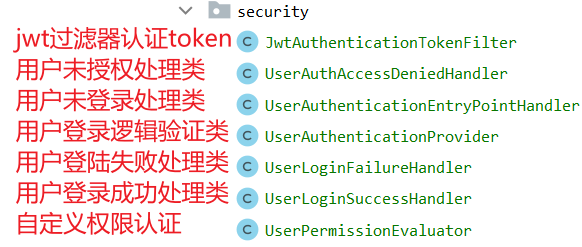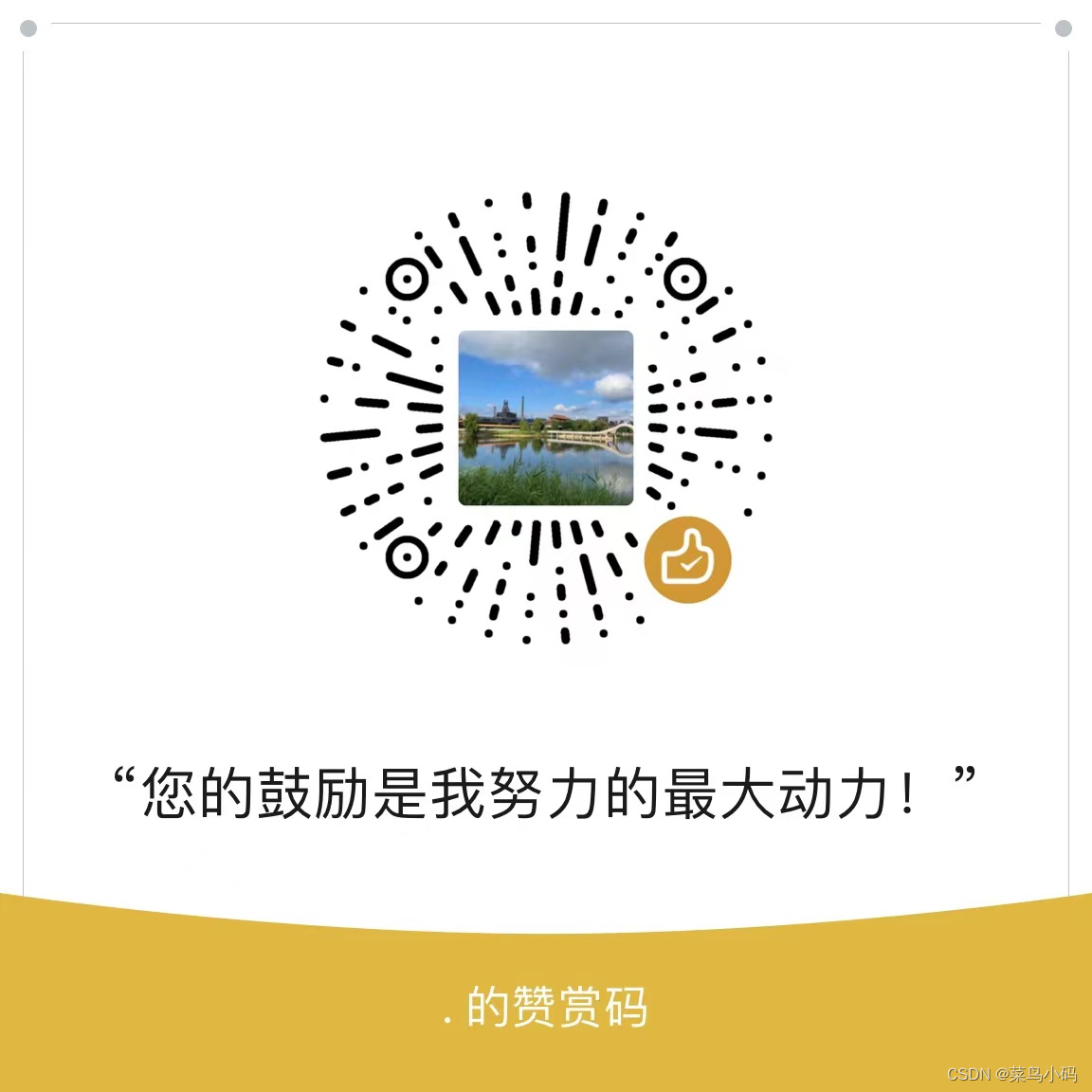安全与认证:在Symfony中实现用户登录和权限管理
目录
- 简介
- Symfony 安全组件概述
- 用户登录实现
- 配置安全系统
- 创建用户实体
- 配置用户提供者
- 创建登录表单
- 权限管理实现
- 角色与权限配置
- 控制器中的权限检查
- 安全注解的使用
- 示例项目
- 项目结构
- 示例代码
- 总结
1. 简介
在现代 web 应用中,安全与认证是至关重要的功能。Symfony 提供了强大的安全组件,用于处理用户登录、认证和权限管理等功能。本文将详细介绍如何在 Symfony 中实现用户登录和权限管理,通过具体的代码示例,帮助初学者理解并应用这些概念。
2. Symfony 安全组件概述
Symfony 的安全组件是一个功能丰富且高度可配置的系统,它提供了以下主要功能:
- 用户认证(登录和注销)
- 用户授权(权限管理)
- 加密和哈希算法
- 防止常见的安全漏洞(如 CSRF 攻击)
安全组件的核心配置文件是 config/packages/security.yaml,通过该文件可以配置安全系统的各个方面。
3. 用户登录实现
3.1 配置安全系统
首先,我们需要在 security.yaml 文件中配置安全系统。这包括防火墙、用户提供者和访问控制等。
# config/packages/security.yaml
security:
encoders:
App\Entity\User:
algorithm: auto
providers:
app_user_provider:
entity:
class: App\Entity\User
property: email
firewalls:
dev:
pattern: ^/(_(profiler|wdt)|css|images|js)/
security: false
main:
anonymous: lazy
provider: app_user_provider
form_login:
login_path: login
check_path: login
default_target_path: /
csrf_token_generator: security.csrf.token_manager
logout:
path: logout
target: /
access_control:
- { path: ^/login, roles: IS_AUTHENTICATED_ANONYMOUSLY }
- { path: ^/, roles: ROLE_USER }
3.2 创建用户实体
接下来,创建一个用户实体来存储用户信息。使用 Doctrine 来生成数据库表。
// src/Entity/User.php
namespace App\Entity;
use Doctrine\ORM\Mapping as ORM;
use Symfony\Component\Security\Core\User\UserInterface;
/**
* @ORM\Entity(repositoryClass="App\Repository\UserRepository")
*/
class User implements UserInterface
{
/**
* @ORM\Id
* @ORM\GeneratedValue
* @ORM\Column(type="integer")
*/
private $id;
/**
* @ORM\Column(type="string", length=180, unique=true)
*/
private $email;
/**
* @ORM\Column(type="json")
*/
private $roles = [];
/**
* @ORM\Column(type="string")
*/
private $password;
public function getId(): ?int
{
return $id;
}
public function getEmail(): ?string
{
return $email;
}
public function setEmail(string $email): self
{
$this->email = $email;
return $this;
}
public function getRoles(): array
{
$roles = $this->roles;
$roles[] = 'ROLE_USER';
return array_unique($roles);
}
public function setRoles(array $roles): self
{
$this->roles = $roles;
return $this;
}
public function getPassword(): string
{
return $this->password;
}
public function setPassword(string $password): self
{
$this->password = $password;
return $this;
}
public function getSalt()
{
// 不需要额外的 salt,因为 bcrypt 和 argon2i 已经包含了 salt
}
public function getUsername(): string
{
return $this->email;
}
public function eraseCredentials()
{
// 如果存储了任何临时的、敏感的数据,清除它们
}
}
3.3 配置用户提供者
用户提供者用于加载用户数据。在本例中,我们使用 Doctrine 的实体作为用户提供者。
# config/packages/security.yaml
providers:
app_user_provider:
entity:
class: App\Entity\User
property: email
3.4 创建登录表单
创建一个控制器和对应的 Twig 模板来处理用户登录。
控制器
// src/Controller/SecurityController.php
namespace App\Controller;
use Symfony\Bundle\FrameworkBundle\Controller\AbstractController;
use Symfony\Component\HttpFoundation\Request;
use Symfony\Component\HttpFoundation\Response;
use Symfony\Component\Routing\Annotation\Route;
use Symfony\Component\Security\Http\Authentication\AuthenticationUtils;
class SecurityController extends AbstractController
{
/**
* @Route("/login", name="login")
*/
public function login(AuthenticationUtils $authenticationUtils): Response
{
$error = $authenticationUtils->getLastAuthenticationError();
$lastUsername = $authenticationUtils->getLastUsername();
return $this->render('security/login.html.twig', [
'last_username' => $lastUsername,
'error' => $error,
]);
}
/**
* @Route("/logout", name="logout")
*/
public function logout(): void
{
throw new \Exception('This method can be blank - it will be intercepted by the logout key on your firewall.');
}
}
Twig 模板
{# templates/security/login.html.twig #}
{% extends 'base.html.twig' %}
{% block title %}Login{% endblock %}
{% block body %}
<h1>Login</h1>
{% if error %}
<div>{{ error.messageKey|trans(error.messageData, 'security') }}</div>
{% endif %}
<form action="{{ path('login') }}" method="post">
<label for="username">Email:</label>
<input type="text" id="username" name="_username" value="{{ last_username }}" />
<label for="password">Password:</label>
<input type="password" id="password" name="_password" />
<input type="hidden" name="_csrf_token" value="{{ csrf_token('authenticate') }}">
<button type="submit">login</button>
</form>
{% endblock %}
4. 权限管理实现
4.1 角色与权限配置
在 Symfony 中,用户的权限由角色(roles)来定义。每个角色代表一组权限,用户可以拥有一个或多个角色。
配置角色
在 security.yaml 文件中可以配置角色访问控制。
# config/packages/security.yaml
access_control:
- { path: ^/admin, roles: ROLE_ADMIN }
- { path: ^/profile, roles: ROLE_USER }
4.2 控制器中的权限检查
在控制器中,可以通过内置的 isGranted 方法来检查用户是否拥有某个角色。
// src/Controller/ProfileController.php
namespace App\Controller;
use Symfony\Bundle\FrameworkBundle\Controller\AbstractController;
use Symfony\Component\HttpFoundation\Response;
use Symfony\Component\Routing\Annotation\Route;
class ProfileController extends AbstractController
{
/**
* @Route("/profile", name="profile")
*/
public function index(): Response
{
$this->denyAccessUnlessGranted('ROLE_USER');
return $this->render('profile/index.html.twig', [
'user' => $this->getUser(),
]);
}
}
4.3 安全注解的使用
Symfony 提供了安全注解,可以在控制器方法上直接使用注解来进行权限检查。
// src/Controller/AdminController.php
namespace App\Controller;
use Symfony\Bundle\FrameworkBundle\Controller\AbstractController;
use Symfony\Component\Routing\Annotation\Route;
use Sensio\Bundle\FrameworkExtraBundle\Configuration\IsGranted;
class AdminController extends AbstractController
{
/**
* @Route("/admin", name="admin")
* @IsGranted("ROLE_ADMIN")
*/
public function index()
{
return $this->render('admin/index.html.twig');
}
}
5. 示例项目
5.1 项目结构
my_project/
├── config/
│ ├── packages/
│ │ └── security.yaml
├── src/
│ ├── Controller/
│ │ ├── SecurityController.php
│ │ ├── ProfileController.php
│ │ └── AdminController.php
│ ├── Entity/
│ │ └── User.php
│ ├── Repository/
│ └── UserRepository.php
├── templates/
│ ├── security/
│ │ └── login.html.twig
│ ├── profile/
│ │ └── index.html.twig
│ └── admin/
│ └── index.html.twig
└──
public/
└── index.php
5.2 示例代码
用户实体
// src/Entity/User.php
namespace App\Entity;
use Doctrine\ORM\Mapping as ORM;
use Symfony\Component\Security\Core\User\UserInterface;
/**
* @ORM\Entity(repositoryClass="App\Repository\UserRepository")
*/
class User implements UserInterface
{
// ...省略其他字段和方法
/**
* @ORM\Column(type="string", length=180, unique=true)
*/
private $email;
/**
* @ORM\Column(type="json")
*/
private $roles = [];
/**
* @ORM\Column(type="string")
*/
private $password;
// ...省略getter和setter方法
}
用户存储库
// src/Repository/UserRepository.php
namespace App\Repository;
use App\Entity\User;
use Doctrine\Bundle\DoctrineBundle\Repository\ServiceEntityRepository;
use Doctrine\Persistence\ManagerRegistry;
/**
* @method User|null find($id, $lockMode = null, $lockVersion = null)
* @method User|null findOneBy(array $criteria, array $orderBy = null)
* @method User[] findAll()
* @method User[] findBy(array $criteria, array $orderBy = null, $limit = null, $offset = null)
*/
class UserRepository extends ServiceEntityRepository
{
public function __construct(ManagerRegistry $registry)
{
parent::__construct($registry, User::class);
}
}
安全控制器
// src/Controller/SecurityController.php
namespace App\Controller;
use Symfony\Bundle\FrameworkBundle\Controller\AbstractController;
use Symfony\Component\HttpFoundation\Request;
use Symfony\Component\HttpFoundation\Response;
use Symfony\Component\Routing\Annotation\Route;
use Symfony\Component\Security\Http\Authentication\AuthenticationUtils;
class SecurityController extends AbstractController
{
/**
* @Route("/login", name="login")
*/
public function login(AuthenticationUtils $authenticationUtils): Response
{
$error = $authenticationUtils->getLastAuthenticationError();
$lastUsername = $authenticationUtils->getLastUsername();
return $this->render('security/login.html.twig', [
'last_username' => $lastUsername,
'error' => $error,
]);
}
/**
* @Route("/logout", name="logout")
*/
public function logout(): void
{
throw new \Exception('This method can be blank - it will be intercepted by the logout key on your firewall.');
}
}
个人资料控制器
// src/Controller/ProfileController.php
namespace App\Controller;
use Symfony\Bundle\FrameworkBundle\Controller\AbstractController;
use Symfony\Component\HttpFoundation\Response;
use Symfony\Component\Routing\Annotation\Route;
class ProfileController extends AbstractController
{
/**
* @Route("/profile", name="profile")
*/
public function index(): Response
{
$this->denyAccessUnlessGranted('ROLE_USER');
return $this->render('profile/index.html.twig', [
'user' => $this->getUser(),
]);
}
}
管理控制器
// src/Controller/AdminController.php
namespace App\Controller;
use Symfony\Bundle\FrameworkBundle\Controller\AbstractController;
use Symfony\Component\Routing\Annotation\Route;
use Sensio\Bundle\FrameworkExtraBundle\Configuration\IsGranted;
class AdminController extends AbstractController
{
/**
* @Route("/admin", name="admin")
* @IsGranted("ROLE_ADMIN")
*/
public function index()
{
return $this->render('admin/index.html.twig');
}
}
登录模板
{# templates/security/login.html.twig #}
{% extends 'base.html.twig' %}
{% block title %}Login{% endblock %}
{% block body %}
<h1>Login</h1>
{% if error %}
<div>{{ error.messageKey|trans(error.messageData, 'security') }}</div>
{% endif %}
<form action="{{ path('login') }}" method="post">
<label for="username">Email:</label>
<input type="text" id="username" name="_username" value="{{ last_username }}" />
<label for="password">Password:</label>
<input type="password" id="password" name="_password" />
<input type="hidden" name="_csrf_token" value="{{ csrf_token('authenticate') }}">
<button type="submit">login</button>
</form>
{% endblock %}
个人资料模板
{# templates/profile/index.html.twig #}
{% extends 'base.html.twig' %}
{% block title %}Profile{% endblock %}
{% block body %}
<h1>Profile</h1>
<p>Welcome, {{ user.email }}!</p>
{% endblock %}
管理模板
{# templates/admin/index.html.twig #}
{% extends 'base.html.twig' %}
{% block title %}Admin{% endblock %}
{% block body %}
<h1>Admin Dashboard</h1>
<p>Only administrators can see this.</p>
{% endblock %}
5.3 结果分析
通过运行上述示例项目,用户可以注册并登录到系统。根据用户的角色,系统会显示不同的内容。例如,只有拥有 ROLE_ADMIN 角色的用户可以访问 /admin 页面,而普通用户可以访问 /profile 页面。
6. 总结
本文详细介绍了在 Symfony 中实现用户登录和权限管理的各个方面,包括安全系统配置、用户实体创建、登录表单和权限检查等。通过示例代码,初学者可以快速掌握 Symfony 的安全组件,并在实际项目中应用这些知识。Symfony 提供了强大且灵活的安全机制,开发者可以根据具体需求进行定制和扩展,以确保应用的安全性和可靠性。




































